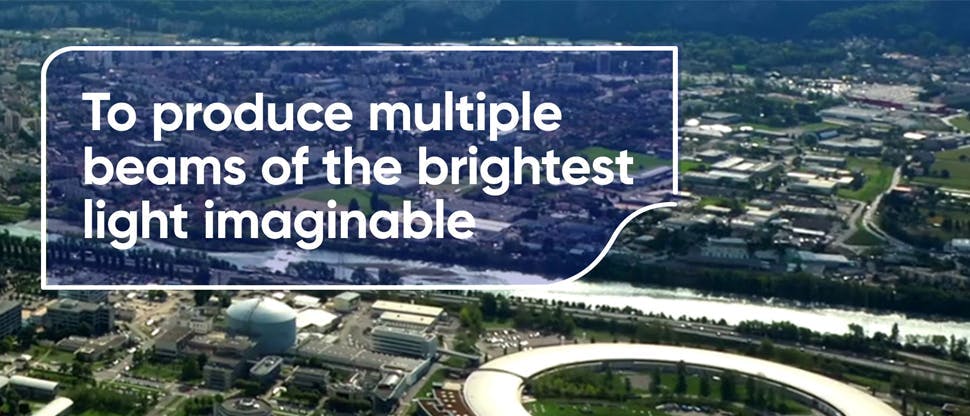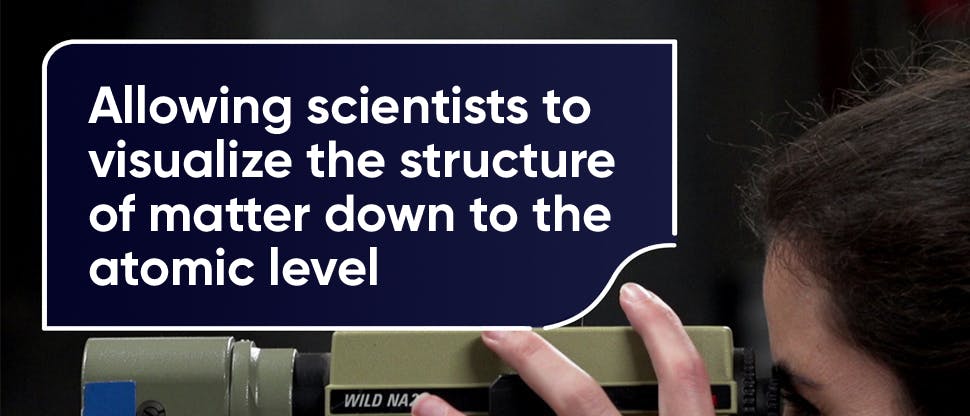Shining the Brightest Light on Sensitive Teeth

Deepening Our Understanding of Dentin Hypersensitivity
Ever wondered what the connection is between tooth sensitivity and Roman artifacts buried in the family villa of Julius Caesar?
The answer is the size of eight soccer fields and generates light that’s more than one billion times brighter than the sun.1 Welcome to synchrotron science, where remarkable fields technology is shining a powerful light on dentin hypersensitivity (or tooth sensitivity, as it’s more commonly known) – and providing deeper insight into how sensitivity toothpastes work.
Read on to learn more.
What is a Synchrotron?
In 2015, scientists used one of the biggest and brightest x-ray facilities in the world to uncover writing on ancient scrolls buried and carbonised by the Vesuvius eruption in 79 AD.2 The Herculaneum scrolls, excavated in 1752 from a villa linked to Julius Caesar, were charred, fragile and impossible to read. Now – thanks to high-energy X-ray imaging in a gigantic machine called a synchrotron – entire texts from the so-called ‘invisible library’3 are on the verge of being seen by a modern audience.4 The invisible is becoming visible.
Today, that same technology is being used to advance our understanding of sensitive teeth – with similarly illuminating results. Synchrotron light – one hundred billion times brighter than hospital X-rays5 – is, for the first time, allowing scientists to look deep inside teeth to see how toothpaste formulations affect dentin occlusion over a period of time. We believe that it’s ground-breaking science. And it’s driving a step change in toothpaste understanding.
Dentin Hypersensitivity: The Pain Point
Dentin hypersensitivity (DH), or tooth sensitivity, is a highly prevalent condition. As much as a third of the adult population suffers from it – but only around half of them actively address it with their dental provider.6 These numbers are all the more surprising when you consider that something as simple as our choice of toothpaste can help relieve pain caused by dentin hypersensitivity. Now, thanks to pioneering new research, we’re beginning to see how in even greater detail.
Research into dentin hypersensitivity has been ongoing for over a century6, with much focused on the hydrodynamic theory, which states that fluid moving through dentinal tubules is a primary cause of sensitivity.7,8 Studies have explored how toothpaste formulations can occlude dentin tubules and block the pathways through the dentin. This can reduce fluid flow and prevent tooth nerves from firing. But seeing is believing.
In recent years, conventional imaging techniques have helped us show the depth and durability of dentin occlusion on brushed teeth. But, until now, we’ve been unable to visualize the impact our toothpaste formulations have on occlusion over a period of time in such spatial detail. It's a formidable task- after all, there can be thousands of tubules in a tooth. Monitoring the effect of a toothpaste on such a complex microstructure benefits from a whole new approach – and cutting-edge technology.
Step forward GSK Consumer Healthcare, where our determination to advance the science of sensitivity continues to drive improvements in our Sensodyne toothpaste formulations. That determination has led us to the European Synchrotron Radiation Facility (ESRF) in Grenoble, France – one of the biggest synchrotrons in the world – to push the boundaries of what’s possible in understanding toothpaste technology.
Dr Christabel Fowler, Innovation Lead, Oral Health R&D, GSK Consumer Healthcare, explains why:
"'If people can see and understand how the product works, it's easier for them to trust in the science and in turn believe that it will help their issues. And in this case, it's hypersensitivity. [...] If you're having a story behind that, and being able to bring it to life and show them, it makes a huge difference in terms of them believing us, having trust in us, and therefore using or recommending the product.1"
We know from our expert partners that understanding a toothpaste’s mode of action can enhance the patient consultation. New York-based dentist, Dr Liz Mitrani, says: "So I say "This is how it's going to work". They think about it, and they're more likely to be compliant. Understanding why it works, in layman's terms, is super helpful.9"
That’s a big prize. And it’s what motivated us to go to ESRF – to help dentists see that science in microscopic detail.
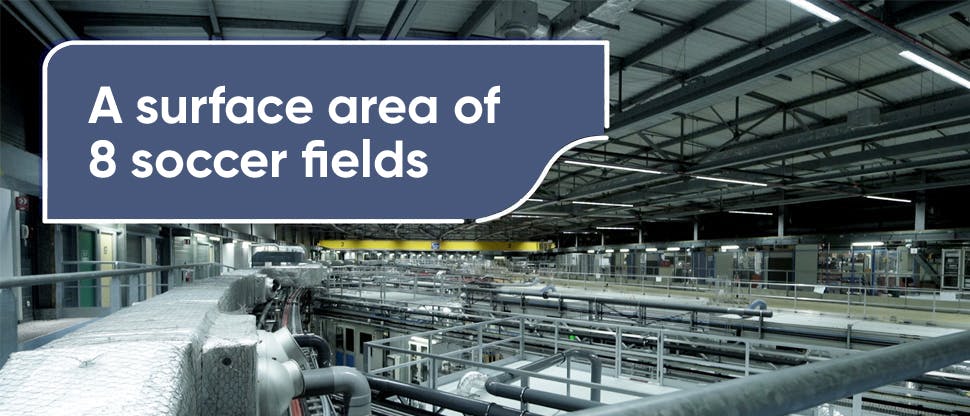
Synchrotron Science
ESRF is a beacon for landmark science, with synchrotron light powering some of the world’s most ground-breaking discoveries. For example, in Nobel Prize-winning work, scientists used ESRF to unravel the structure of the ribosome.10 Without ribosomes, there would be no life. ESRF is also playing an important role in the development of new drugs and therapeutic strategies for COVID-19.11
In fact, the exceptional properties of synchrotron X-rays are helping unlock the secrets of everything from viruses and vital organs, to batteries, glass and Herculaneum scrolls.7,11 Now, in scientific research that’s never been done before, ESRF is shining its light on teeth – allowing us to see what happens inside dentinal tubules in 3D, over time, following use with Sensodyne Repair & Protect
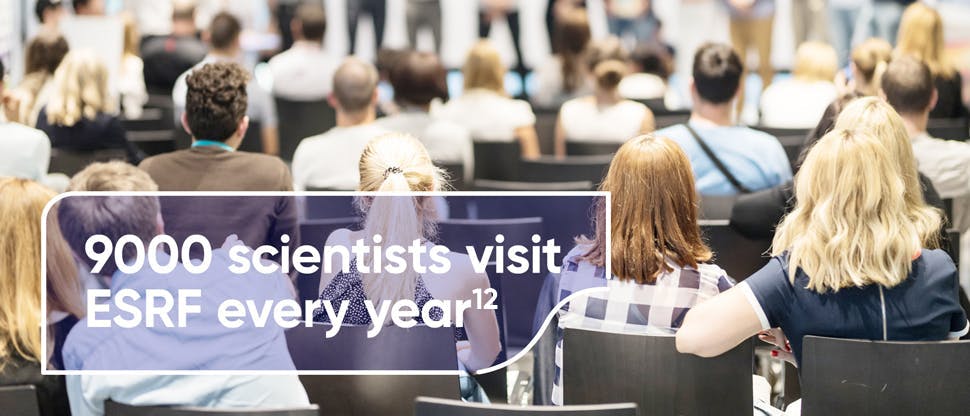
How Long in the Tooth?
The science of dentin hypersensitivity has been advanced by conventional imaging techniques that have shown the effect of toothpaste on small samples of dentinal tubules. However, though techniques like Focused Ion Beam Scanning Electron Microscopy (FIB-SEM) provide ultra-high resolution, they have a small field of view. Synchrotrons can examine much larger areas in 3D. In microscopic detail. And at high speed.13
Where FIB-SEM studies can only analyse 30-40 tubules at a time, synchrotrons can scan thousands in a few minutes with a single scan. This gives a more representative view of what’s happening in a tooth. We can see how far occlusion has travelled, and how long it stays there.14
Similarly, most conventional techniques are destructive: scientists have to slice into samples to see inside, meaning every scan requires a different sample. Synchrotron imaging is non-destructive, enabling ‘time lapse’ studies that scan the same dentinal tubules, over and again, to show a toothpaste’s effect on occlusion at different time points.
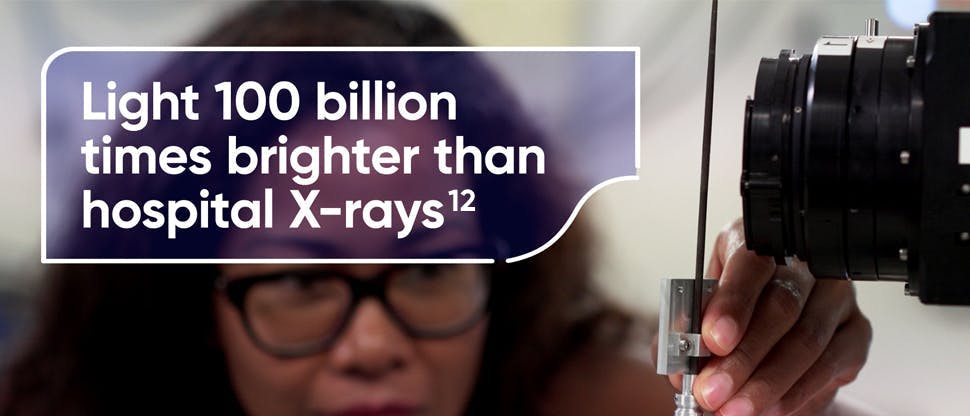
Protecting Dentin
We’ve been working on Sensodyne Repair & Protect for about a decade now, and wanted to visualize the mode of action of a new, re-engineered formulation we’ve been developing for four years: Sensodyne Repair & Protect. The formulation contains stannous fluoride, which helps to build a reparative layer+* over and within dentin tubules.15 The reparative layer starts building from the first day** and continues to build, with in vitro studies providing it's resistant to repeated dietary acidic challenge.16
Sensodyne Repair & Protect is clinically proven to relieve – and provide lasting protection against – dentin hypersensitivity.*14 But we wanted to drill deeper and see in even greater detail how it worked on dentin over time. According to Dr Kamel Madi, co-founder of 3Dmagination – who led the subsequent time lapse study at ESRF – a synchrotron was the only place to go:
"So I would say, compared to what has been done so far, we are pushing the limits of understanding, of having a good technique to optimize the best toothpaste. So we have a tool now to really investigate, deeply in detail, different formulations, comparing them between each other, looking inside and not just at the surface, and this is in a non-destructive way. So I would say it's going to revolutionize the way we look at tubule occlusion."18
The time lapse study, which Dr Madi says is "It's like taking a 3D movie of what is happening", used phase contrast tomography to visualize the complex features of dentin. “We ran a large scale campaign [...] where samples were treated with different formulations. Some of them were new formulation like Repair & Protect and some were the older version of this one. And then what we did is we used this technique called X ray tomography. [...] You play the sample stage and the sample is going to rotate around 360 degree. After each micro rotation, say for example 0.1 degree, you're going to collect a scan. [...] Then what we do is we collect say 2000 or 4000 of these projections. [...] Once we have this raw data, we have a super software that can turn all of this information- so all of these projections- into a 3D model, a 3D image.” (Figure 1)18
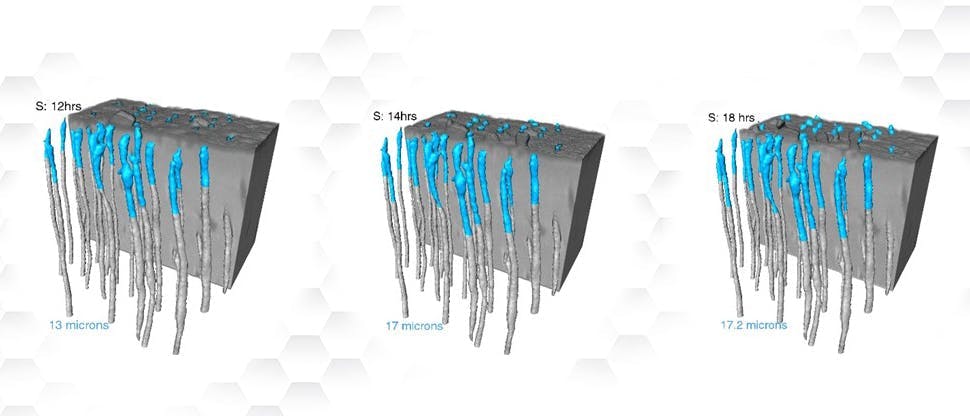
Figure 1: Visualization of average occlusion depth (µm) in vitro in dentin specimens treated with Stannous Fluoride based toothpaste formulation of Sensodyne Repair & Protect (containing 0.454% Stannous Fluoride19
Making the Invisible, Visible
The study showed the new formulation gets deep inside the microstructure of tubules and builds the repairing layer+* over the dentin surface for lasting sensitivity protection.** We turned, once again, to conventional imaging to validate the X-ray analysis. The same samples used at ESRF were taken to the Cavendish Microscopy Suite at Cambridge University for FIB-SEM imaging and analysis.
FIB-SEM provides higher resolution imaging that helps understand what’s happening within the tubules. Dr Richard Langford, Head of the Cavendish Microscopy Suite, explains:
“So we used the focused ion beam SEM system to do this slice and view. But we also used it to do another technique called Transmission Electron Microscopy (TEM). So we used the focused ion beam system to make these very thin lamellas- these thin slices of material - that we could put into another electron microscope called a transmission electron microscope, where we could do high resolution and mapping and imaging of the cross sections- which enabled us to look at the chemical and structural composition of the material that's occluding the tubules.14"
“The chief thing is the FIB SEM enabled us to validate the X ray data. [...] and we could look at the differences between the different formulations. [...] So it gives us comfort that the data from the X ray is correct.14”
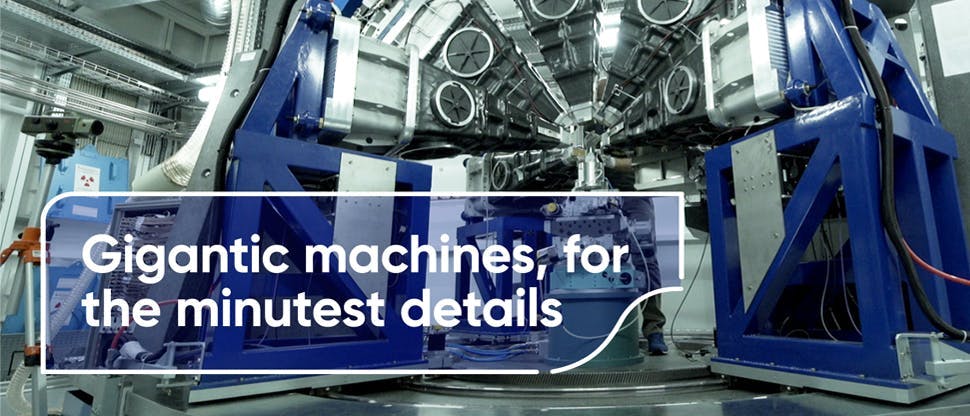
Big Science, For Tiny Moments
Dr Mitrani thinks the scientific advances coming out of the studies can only improve oral health. “I think it's very exciting to learn more of the science, and get down to the nitty gritty in the data and understanding a little bit more of the mechanism, on a very microscopic level, because that's our foundation. And once we understand the foundation and all the information, we can build on that, understand more, and be more confident to prescribe the product9”
Longer term, the synchrotron study could drive step change in toothpaste engineering. Dr Madi says: “'So we have a tool now to really investigate, deeply in detail, different formulations, comparing them between each other, looking inside and not just at the surface, and this is in a non destructive way. So I would say it's going to revolutionize the way we look at tubule occlusion.18”
The science of sensitivity will continue to advance, but the story so far is exciting for patients. Because it took four years – and the brightest light imaginable – to test it in the lab and show how deep Sensodyne Repair & Protect goes. But it only takes a split second – and a sip of ice cold lemonade – to prove that it works in real life.
Big science, for the small moments. Because life’s too short for sensitivity.

Sensodyne Repair & Protect
Find out more about how Sensodyne Repair & Protect can help your patients


